Top 11 Countries Likely To Turn Away Tourists Soon

Ever dreamt of visiting a bucket-list destination, only to find it crowded, overbooked, or even off-limits? You’re not alone—and you’re not imagining things. As global tourism surges, some of the world’s most stunning places are starting to push back.
Think entry caps, new visitor fees, or even outright bans. It’s not about keeping travelers away—it’s about saving what makes these places special in the first place. From fragile islands to ancient cities, governments are stepping in to protect local communities, natural resources, and heritage sites that simply can’t handle unchecked crowds anymore.
I’ve been keeping an eye on these trends, and I’ve put together a list of destinations that are either planning to limit tourism or are already moving in that direction. So if any of these are on your travel radar, now might be the best time to go—before the rules change. Curious which spots could soon be harder to visit?
1. Venice, Italy Implements Tourist Quota System

With just 50,000 residents and nearly 30 million visitors a year, Venice is fighting back against overtourism by introducing entry fees for short-term visitors.
Officials are considering even stricter measures, including daily visitor caps and advanced reservation requirements for the entire city. Venetians have protested against overtourism for years, pushing for regulations that prioritize residents over tourists.
If Italy’s famous canal city is on your bucket list, you might want to visit soon before the full quota system takes effect.
2. Bhutan’s High-Value, Low-Volume Tourism Policy
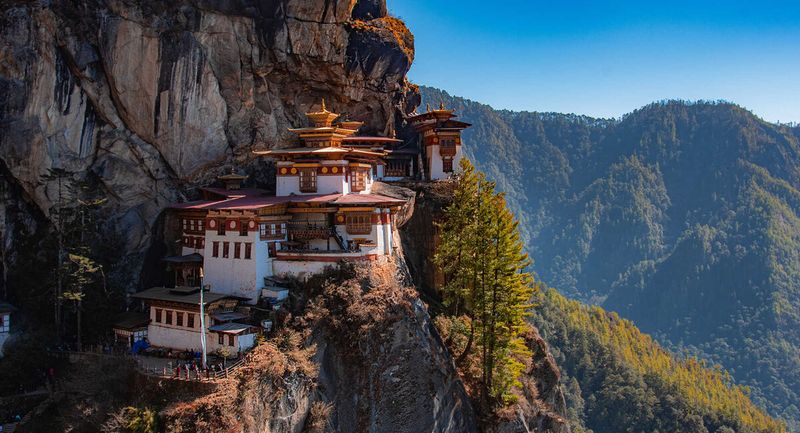
In a world chasing visitor numbers, Bhutan takes the opposite route — charging up to $250 per day to ensure only mindful travelers experience its Himalayan beauty.
Recent government discussions suggest potentially increasing this fee further or implementing stricter visitor quotas. Their philosophy of Gross National Happiness prioritizes sustainability and cultural preservation over economic gain from mass tourism.
Though challenging to visit, Bhutan’s breathtaking monasteries and untouched landscapes offer an authentic experience worth every penny of their steep entry requirements.
3. Iceland Considers Visitor Caps at Natural Attractions
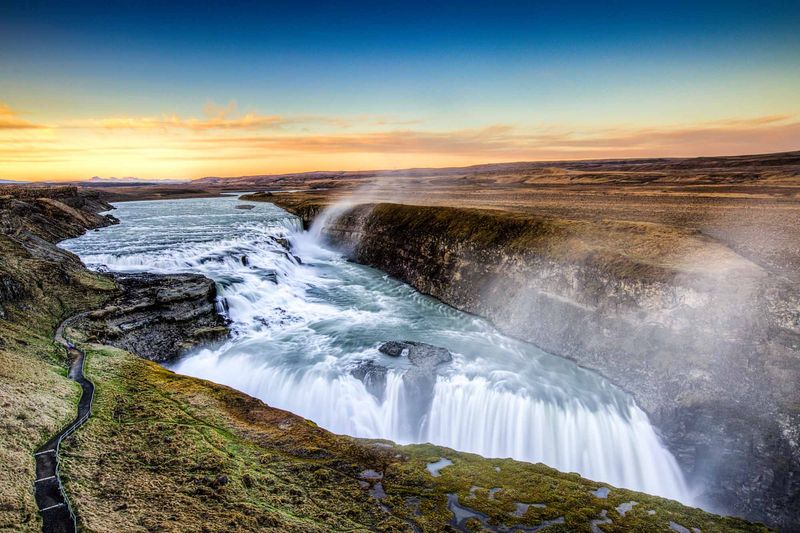
Iceland’s otherworldly landscapes have attracted a tourism explosion, growing from 500,000 visitors in 2010 to over 2 million recently. This surge threatens fragile ecosystems like moss fields that take decades to recover from footprint damage.
The government has started implementing visitor limits at popular sites like Diamond Beach and Gullfoss waterfall. Conservation officials are discussing more widespread restrictions, including potential country-wide daily caps during peak seasons.
Many locals support these measures after witnessing environmental degradation and housing price increases due to vacation rentals taking over residential neighborhoods.
4. Japan’s Kyoto Restricts Access to Cultural Sites
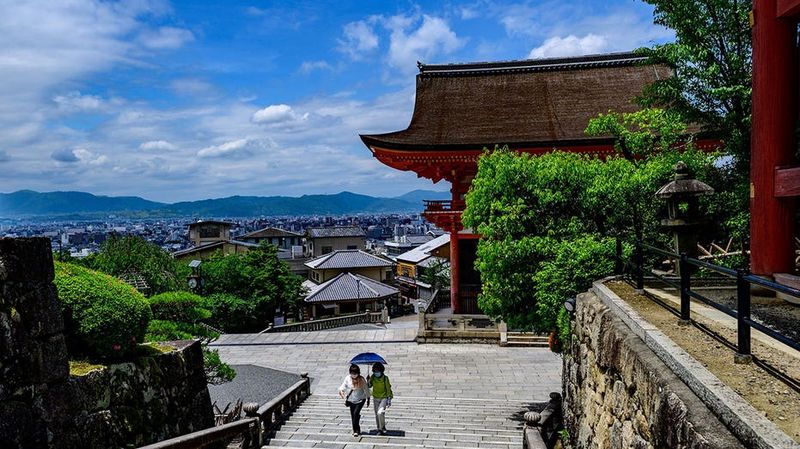
In historic Kyoto, the charm that draws visitors is now under threat, with locals frustrated by crowds blocking alleys and disrespecting cultural traditions in areas like Gion.
Local officials are now considering implementing reservation systems for popular temples and gardens. Some neighborhoods have begun restricting tourist access entirely during certain hours to preserve local life.
With Japan’s tourism numbers breaking records since reopening after the pandemic, these measures may expand to protect the authentic cultural experience that draws visitors in the first place.
5. New Zealand’s Conservation-First Approach
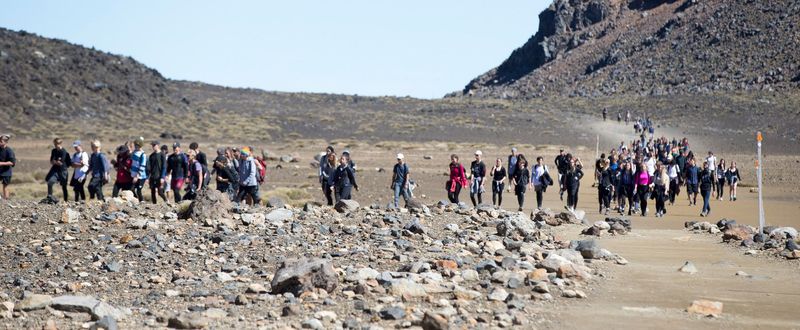
To balance tourism with preservation, New Zealand now charges international visitors a “tourism tax” aimed at protecting its fragile natural wonders.
Government officials have discussed potentially limiting visitor numbers at popular hiking trails and natural attractions. Several regions are considering permit systems for national parks similar to those used in US parks like Yosemite.
Many Kiwis support these restrictions after seeing once-pristine hiking trails become overcrowded and natural habitats disturbed by tourists seeking the perfect Instagram photo.
6. Amsterdam’s Push to Reclaim City Center
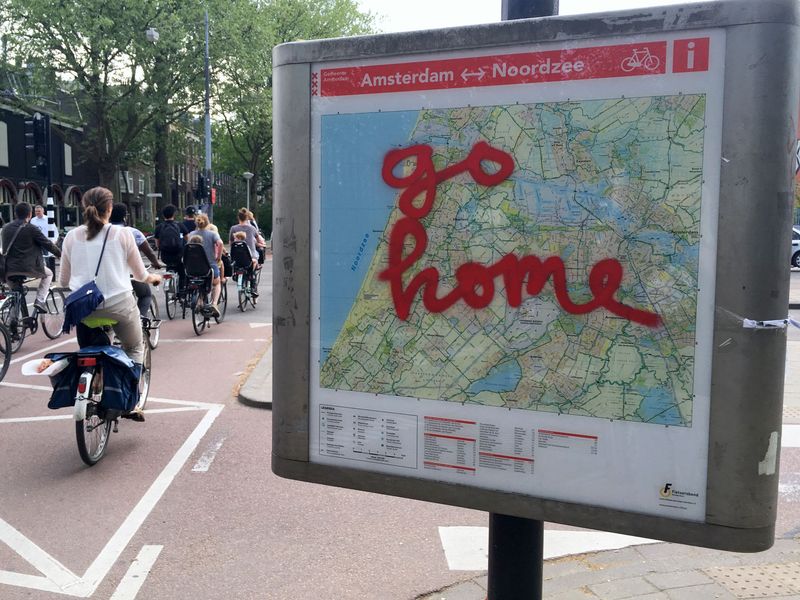
As locals face skyrocketing housing costs and nightly disturbances, Amsterdam’s mayor is pushing back against mass tourism that prioritizes short-term profits over community wellbeing.
City officials have banned new tourist shops and hotels in the historic center. They’re actively discussing visitor quotas for the entire city center, following Venice’s model.
Many residents support these measures after experiencing tourists urinating in canals, vomiting in doorways, and treating residential areas like a 24-hour party zone. The city aims to attract cultural tourism while discouraging disruptive behavior.
7. Thailand’s Maya Bay Recovery Efforts
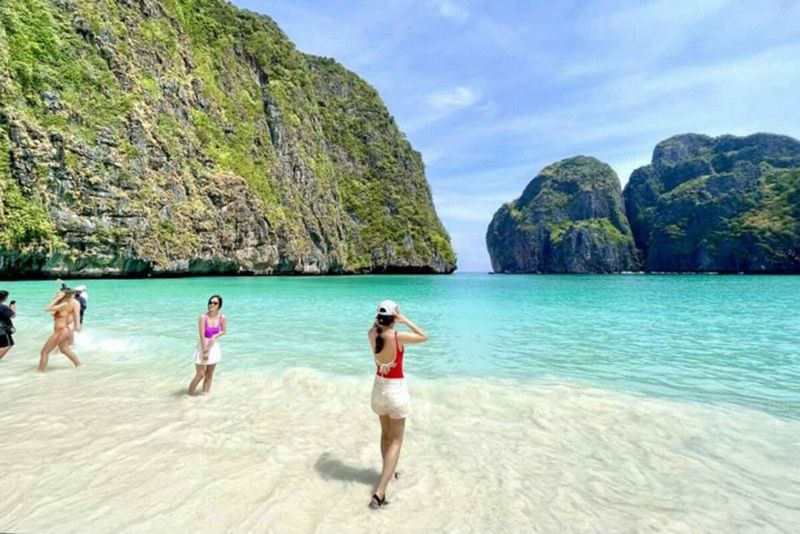
After suffering severe environmental damage, Maya Bay took a much-needed break from tourism and now welcomes visitors cautiously, with strict rules and reduced access times.
Thai authorities are considering similar measures for other overvisited islands and beaches. Marine biologists have documented coral reef damage from boat anchors, sunscreen chemicals, and tourist foot traffic throughout popular coastal areas.
If you’re dreaming of Thailand’s pristine beaches, the window for unrestricted access is closing fast. The country increasingly prioritizes environmental sustainability over maximizing visitor numbers.
8. Peru’s Machu Picchu Tightens Access
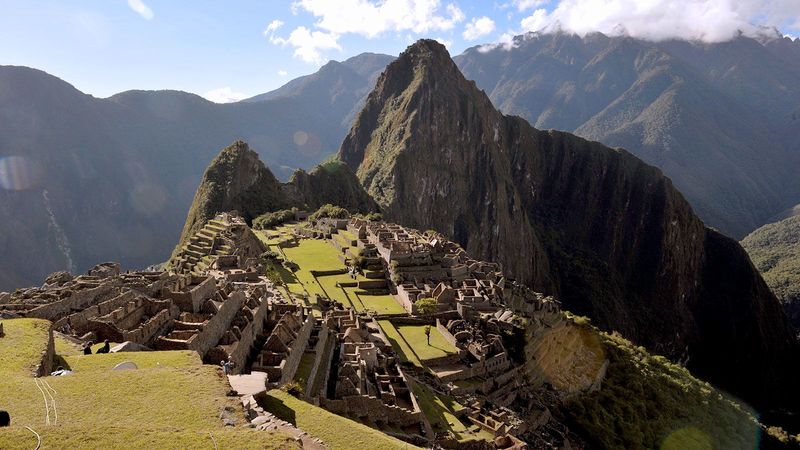
Peru has already implemented strict ticketing systems for Machu Picchu, limiting daily visitors and requiring guided tours. The ancient Incan citadel faces erosion concerns from foot traffic on its steep stone staircases and narrow pathways.
Government officials are discussing even stricter measures, including potential visitor reductions from current caps. UNESCO has pressured Peru to further limit tourism to preserve the World Heritage site.
Many travelers report disappointment when finding tickets sold out months in advance. This trend will likely continue as authorities balance tourism revenue against preservation of this archaeological treasure that wasn’t built to accommodate thousands of daily visitors.
9. Barcelona’s Battle Against Cruise Ships

Thousands of cruise passengers pour into Barcelona daily, prompting resident protests over pollution, congestion, and a tourism model that leaves little behind but trash and traffic.
City officials have begun limiting cruise ship berths and implementing tourist taxes. They’re considering more drastic measures, including potential daily visitor caps for the city center and popular attractions like Park Güell and Sagrada Familia.
Local sentiment has turned increasingly anti-tourist, with graffiti saying “Tourists Go Home” appearing in popular neighborhoods. The city aims to transform from mass tourism toward a more sustainable model that benefits residents rather than overwhelming them.
10. Croatia’s Dubrovnik Implements Visitor Management
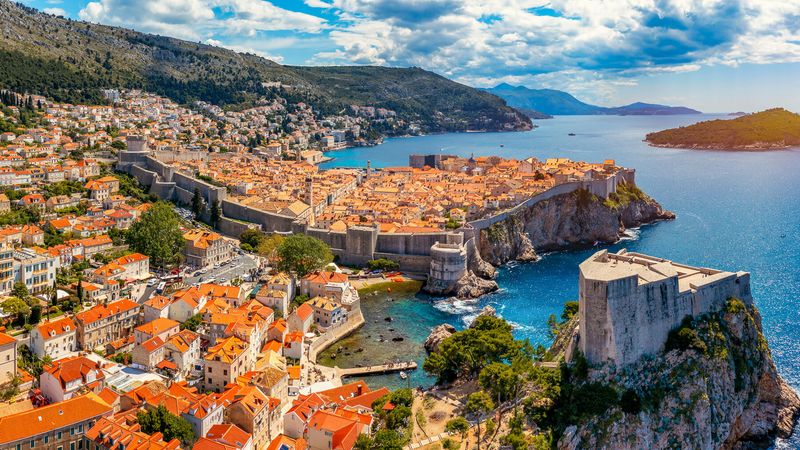
After its Game of Thrones fame, Dubrovnik saw a tourist surge so intense that city officials introduced cruise ship limits and real-time crowd monitoring to protect the Old Town.
City officials are discussing more permanent solutions, including advance reservation requirements for the entire Old Town. Many restaurants and shops now cater exclusively to tourists, pricing out locals and changing the authentic character that initially attracted visitors.
Mayor Mato Franković has publicly stated the city must reduce tourist numbers to preserve quality of life for residents and the experience for visitors who do come.
11. Greece’s Santorini Caps Cruise Passengers
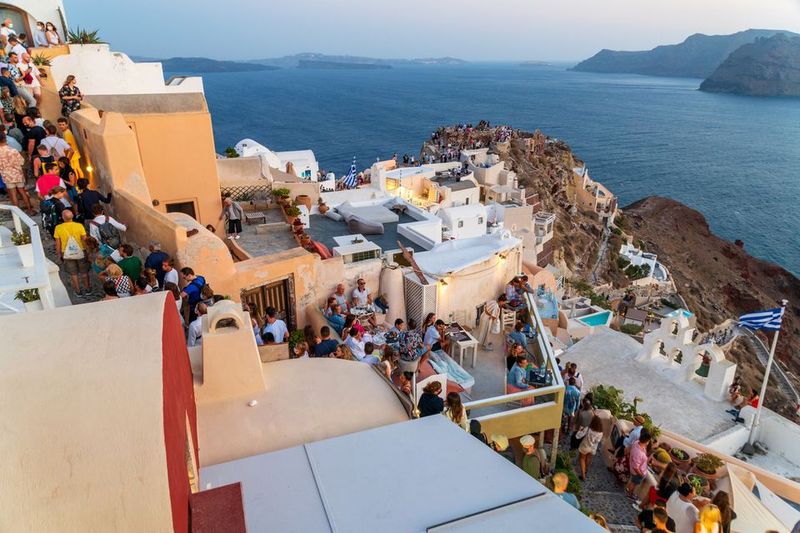
The charm of Santorini draws massive crowds, so much so that the government has had to cut cruise ship visitors by more than half to ease pressure on its narrow streets.
Officials are discussing further restrictions, including potential reservation systems for popular sunset viewing spots. Water scarcity presents a serious challenge, with the island trucking in freshwater during peak season.
While tourism drives the economy, many residents support stricter limits after experiencing water shortages, traffic gridlock, and the transformation of traditional villages into tourist traps.
